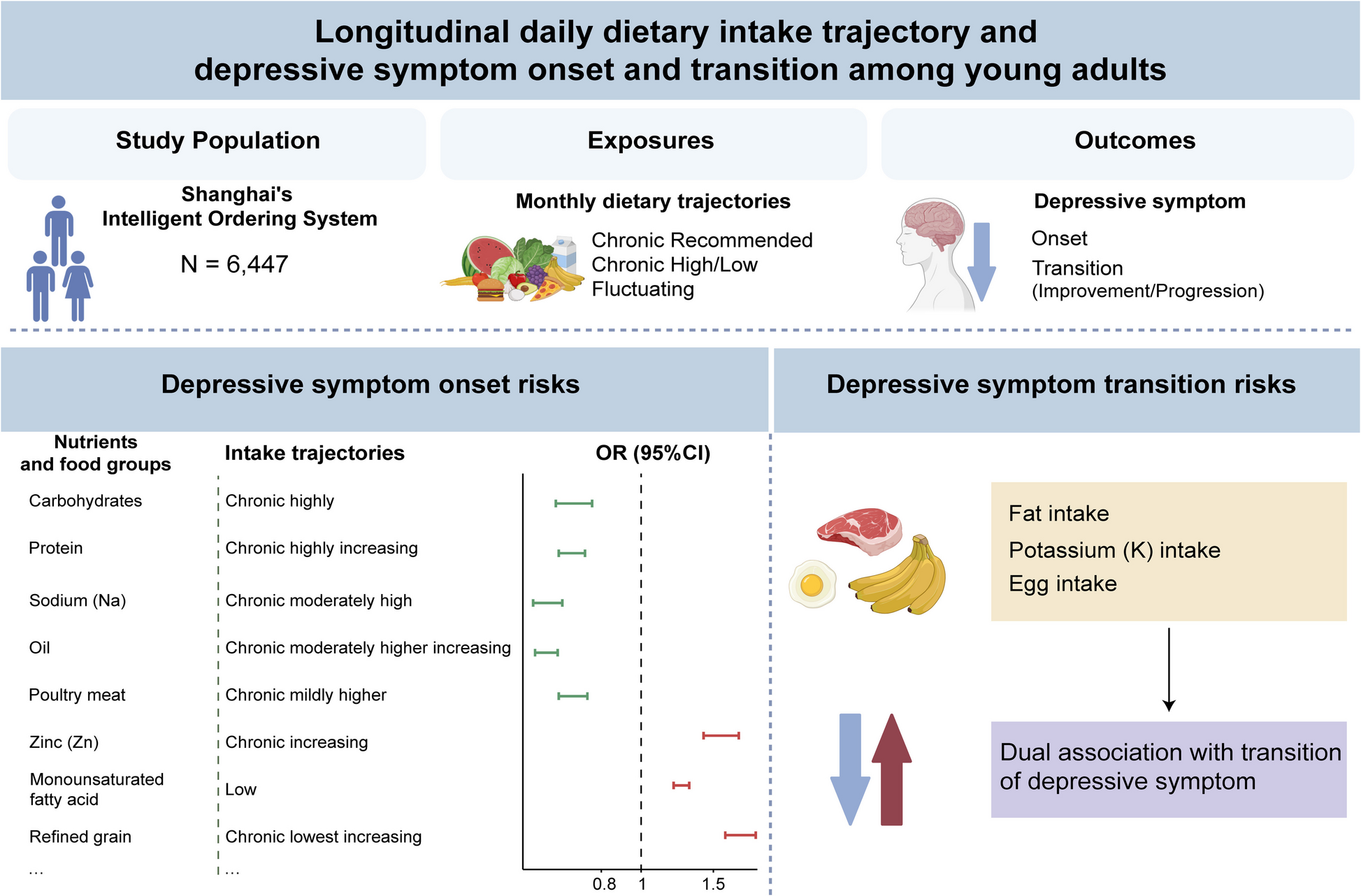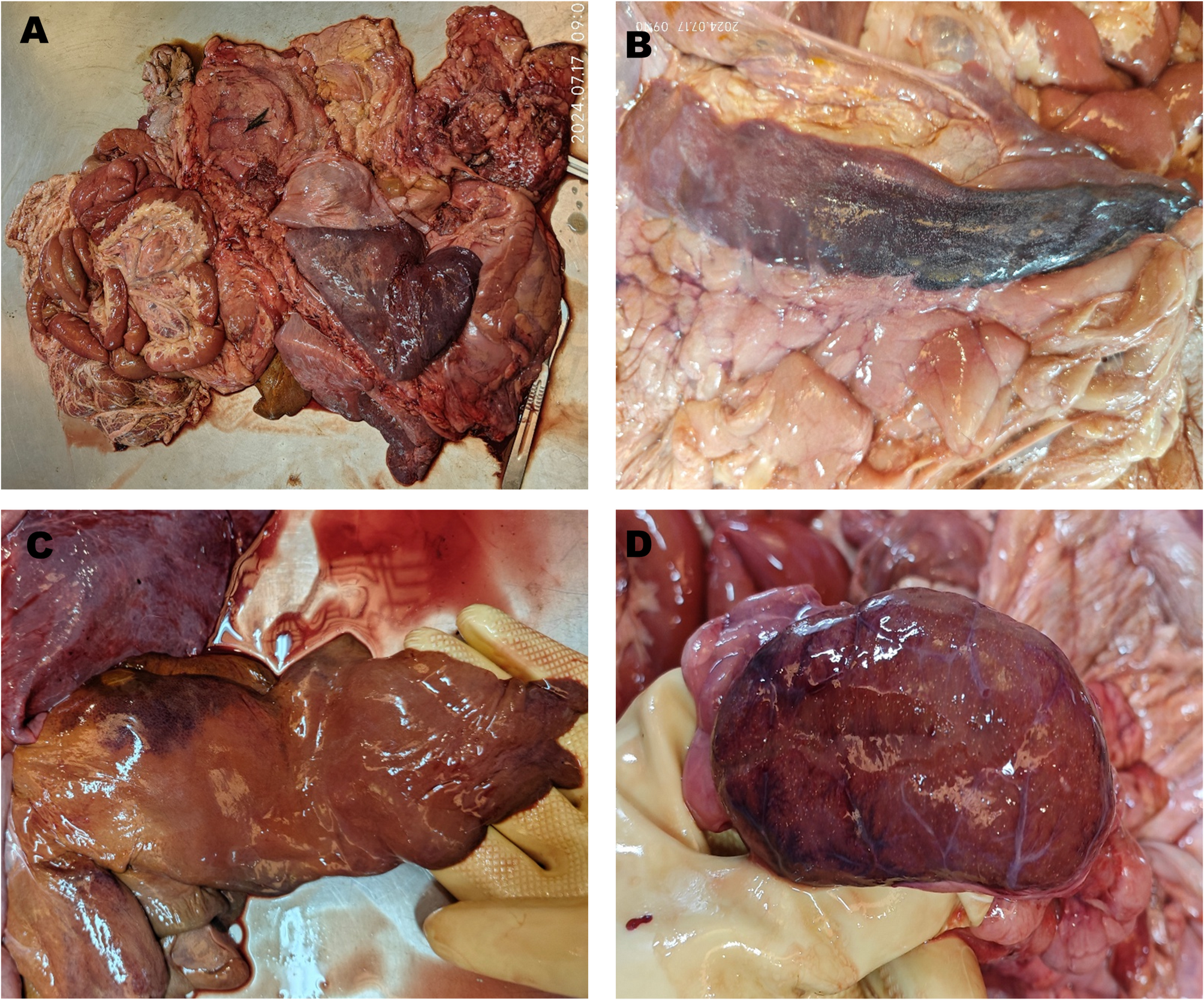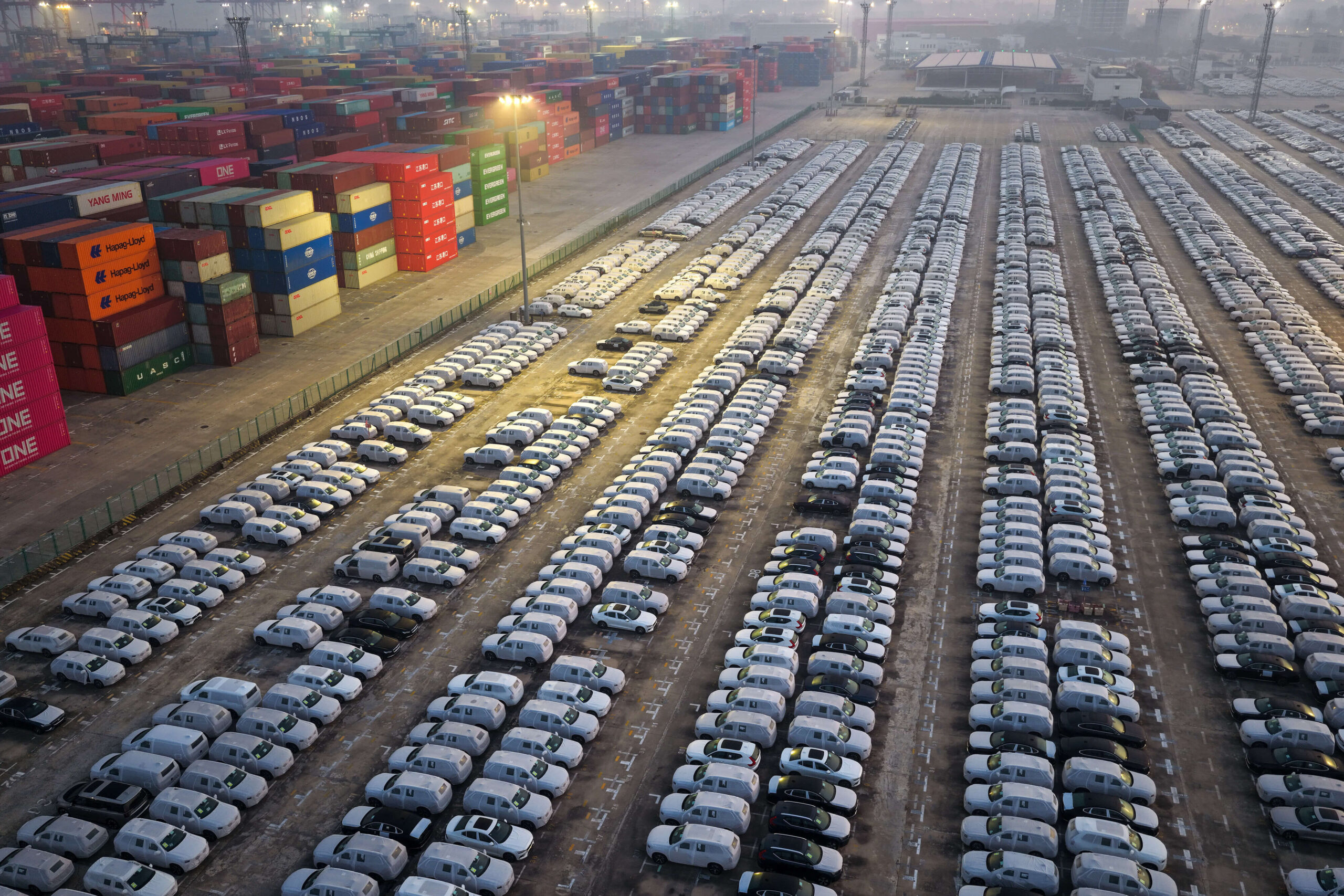FIGO is delighted to partner with the Society of Obstetricians and Gynaecologists of Canada (SOGC) for the XXVI FIGO World Congress of Gynecology and Obstetrics, taking place on 31 October–5 November 2027 at the Montréal Convention Centre (Palais des congrès de Montréal).
After a rigorous selection process, Montréal was chosen as the host city for the FIGO World Congress 2027, recognised for its vibrant cultural scene, inclusive values, excellent accessibility for international delegates and strong commitment to advancing healthcare and research.
The Congress will be held at the Montréal Convention Centre (Palais des congrès de Montréal), a modern and sustainable venue in the heart of the city, offering state-of-the-art facilities to support scientific exchange, networking, and collaboration.
Join the FIGO newsletter to be the first to hear about early bird registrations and abstract submission opportunities for the world’s largest event in obstetrics and gynaecology.
The 2027 World Congress will be an unmissable opportunity for clinicians, researchers, advocates, and policymakers to come together, share knowledge, and strengthen global efforts to improve the health and rights of women and girls everywhere.
The world-class, evidence-based scientific programme will feature emerging science and discovery, late-breaking topics and controversies, interactive simulation labs and workshops, and inspiring plenary lectures.
FIGO looks forward to celebrating women’s health in the vibrant city of Montréal! Our outstanding scientific programme will bring together scholars, clinicians, and researchers from across the globe. Thanks to the dedication of SOGC and Montréal’s welcoming spirit, we will have the opportunity to connect, learn, and enjoy this landmark World Congress.
Professor Frank Louwen, FIGO President 2025–2027
SOGC is delighted to represent FIGO’s North American region by hosting the 2027 World Congress in Montréal. We look forward to welcoming delegates to an engaging and inspiring programme, and to sharing Canada’s rich culture, historic charm and leadership in women’s health.
Dr Diane Francoeur, SOGC CEO







